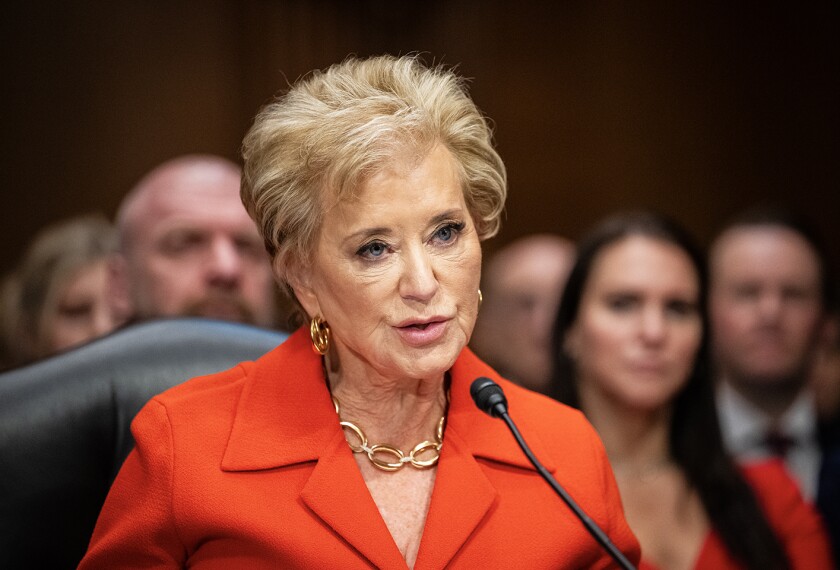The pandemic has dramatically changed how schools run and teachers teach, but that disruption may also undermine one of federal and state policymakers’ key windows to what is happening in education on the ground.
The National Teacher and Principal Survey, run by the National Center for Education Statistics, is the last for NCES this school year—and the latest to be hindered by instability across schools since last spring.
“Response rates are lower across the board,” said Maura Spiegelman, the study director for the survey program.
The study is usually conducted in September, as soon as school begins, she said. But this year, many schools started significantly later because of the coronavirus, and have shut down periodically throughout the fall. IES did not begin contacting schools until October. It’s also been harder to reach principals of some 10,000 public and 3,000 private schools and 50,000 teachers for the sample.
Bigger Data Needs
NCES has pinned more data needs than usual on the survey, which was last conducted in 2017-18. The center has already canceled or pushed back almost all of its surveys, either because they would cause too much of a burden on educators or because NCES staff cannot safely go to schools to conduct them. In November, the Education Department’s statistical agency even postponed the Nation’s Report Card set for 2021, a first for the assessment.
If significantly fewer teachers and principals respond to the survey, it may not be able to provide reliable state-level data for understanding district needs and differences in how teachers and principals are coping with instruction during the pandemic.
“It’s really the Department of Education’s primary source of information about K-12 schools directly from the perspective of staff in those schools, and we collect information that’s not available from other sources,” Spiegelman said.
NCES collects in-depth information on school structure, teacher background, training, pay, and professional development, class size, and other issues. It was collected under the Schools and Staffing survey from 1987 through 2011, when it was redesigned as the NTPS to include more data on teacher and principal labor issues.Data are collected every two to three years and often used to shape state and federal education policies and budgets. This year, in addition to typical data, the survey also includes questions about how schools are adapting instruction for remote learning, changes in school nurses as well as mental health support staff, and other pandemic-specific topics.
For example, NTPS data released before the pandemic found little more than half of schools in 2017-18 had at least one full-time school nurse, with rural schools the least likely to have full-time medical staff.
So far, there have been no trends in which kinds of schools have responded to the survey, and Spiegelman said data collection will remain open through the end of the school year. However, responses have varied from state to state, which could make it difficult to provide more detailed information from region to region.






